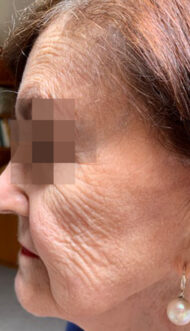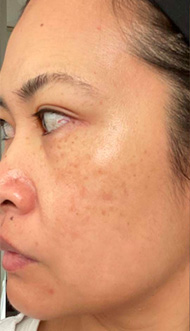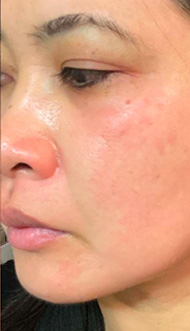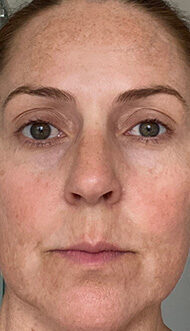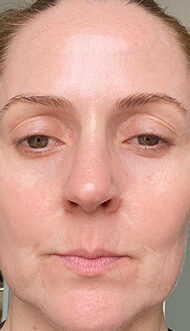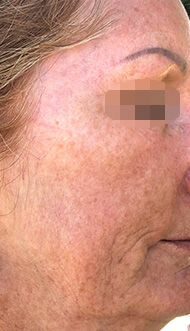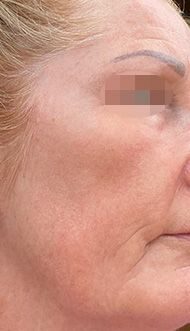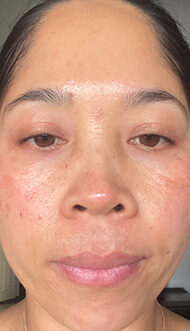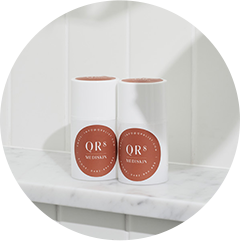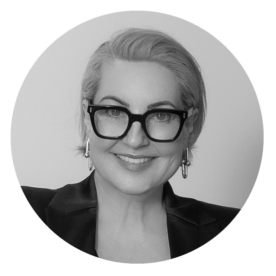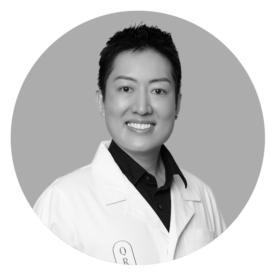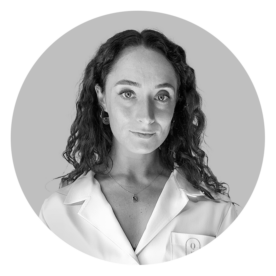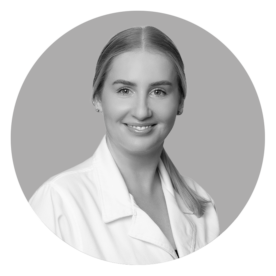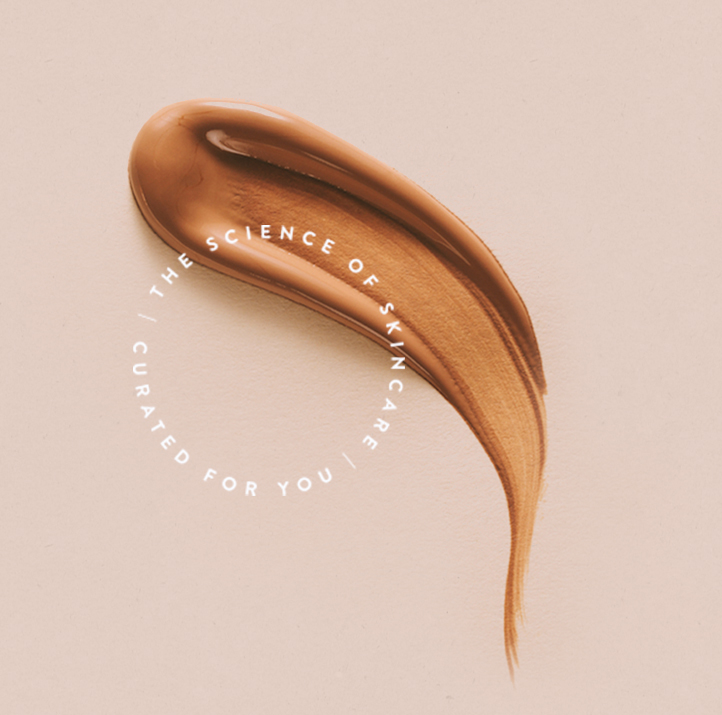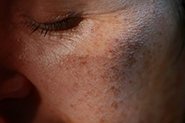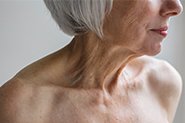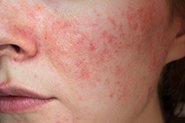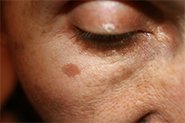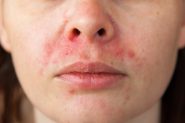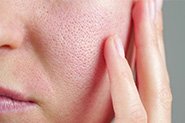Intrinsic
Intrinsic aging simply results from the passage of time. It is genetically-programmed, and results in cells slowing down and becoming less responsive. Skin cell turnover in the epidermis slows, along with the skin’s ability to repair itself (so treat it gently!).
There is less natural exfoliation of skin cells from the skin surface, caused by changes to the type and amount of moisturising substances (ceramides, fatty acids, cholesterol) produced in older skin. Dried skin cells accumulate, giving skin a rough, dry, dull appearance.
Female hormones like oestrogen also play a part. Skin cells (including fibroblasts – cells that make collagen, elastin and hyaluronic acid) have receptors that bind oestrogen. Around menopause, less circulating oestrogen means there’s less around to bind to cells, resulting in thinner, more wrinkled, frail and drier skin. This is more obvious in facial skin as these cells have more oestrogen receptors than other areas of the body (the reason signs of aging accelerate around menopause, and we start searching in earnest for the best anti-aging treatments and anti-wrinkle skincare).
Hormonally aged skin has:
- Less collagen: 30% of skin collagen is lost in the first 5 postmenopausal years, with an average decline of 2% per year over a period of 15 years. Hormone replacement therapy can reduce this: one study of oestrogen replacement showed 33% increase in skin thickness over 12 months of therapy.
- Decreased water content in the skin: xerosis (dry skin) is a common complaint in menopausal women, leading to loss of the skin’s barrier function and increased susceptibility to contact dermatitis reactions – in short, this means that this age group has more sensitive skin (one study also reported increased skin sensitivity in premenstrual and menstrual women, possibly as a result of lower oestrogen in this phase of the menstrual cycle)
- Reduced skin elasticity – Degenerative changes in elastic fibres of menopausal women give rise to skin wrinkling and sagging.














